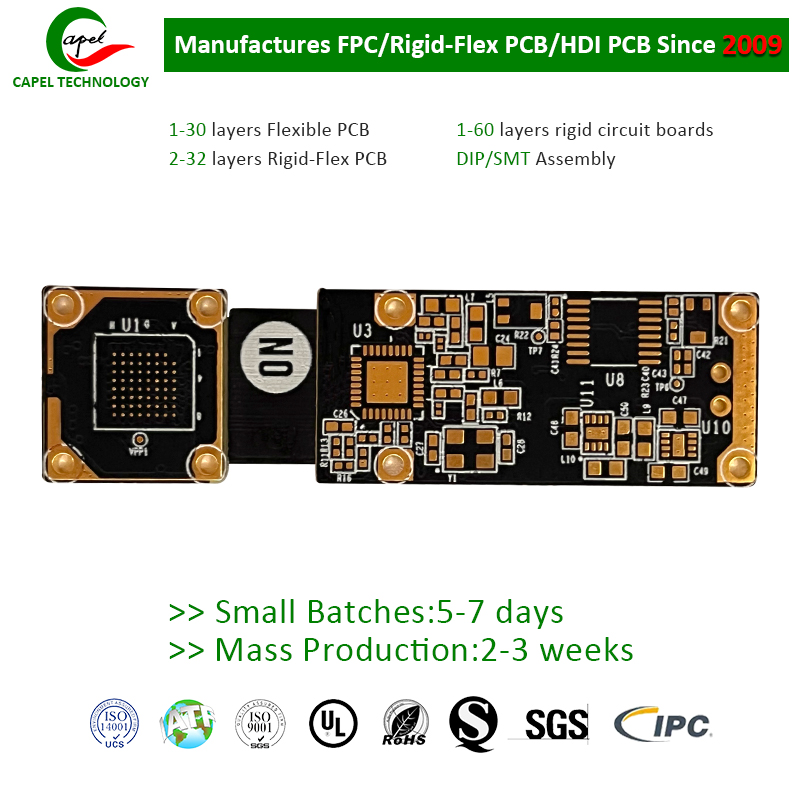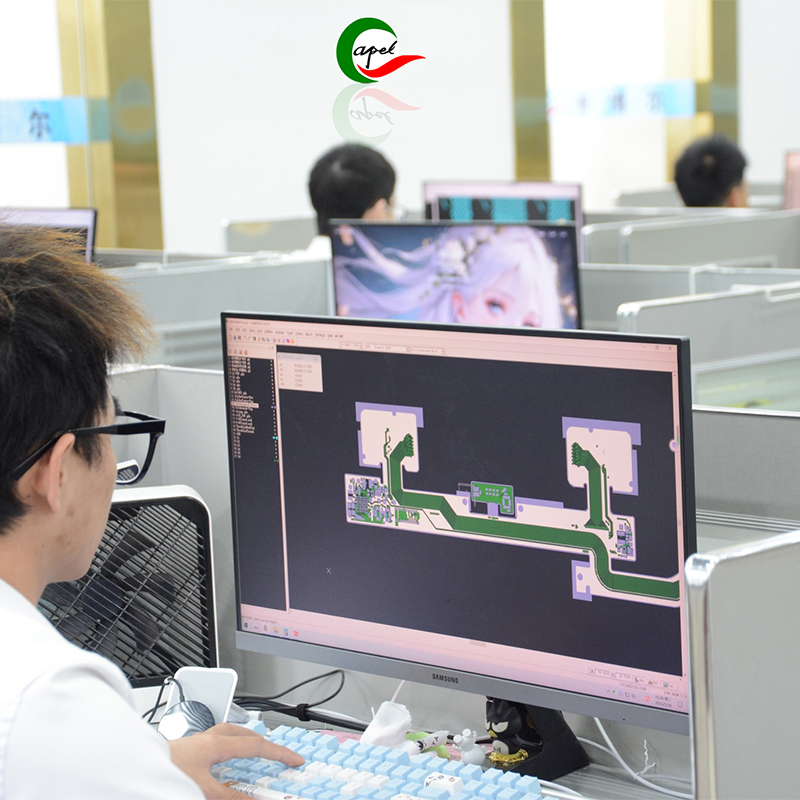When designing multilayer printed circuit boards (PCBs), choosing the appropriate stacking method is critical. Depending on the design requirements, different stacking methods, such as enclave stacking and symmetric stacking, have unique advantages. In this blog post, we’ll explore how to choose the right stacking method, taking into account factors such as signal integrity, power distribution, and ease of manufacturing.
Understand multi-layer PCB stacking methods
Multilayer PCBs consist of multiple layers of conductive material separated by insulating layers. The number of layers in a PCB depends on the complexity of the design and the requirements of the circuit. The stacking method determines how the layers are arranged and interconnected. Let’s take a closer look at the different stacking techniques commonly used in multi-layer PCB designs.
1. Enclave stacking
Enclave stacking, also known as matrix stacking, is a commonly used method in multi-layer PCB design. This stacking arrangement involves grouping specific layers together to form a contiguous area within the PCB. Enclave stacking minimizes crosstalk between different layer groups, resulting in better signal integrity. It also simplifies power distribution network (PDN) design because power and ground planes can be easily connected.
However, enclave stacking also brings challenges, such as the difficulty of tracking routes between different enclaves. Careful consideration must be taken to ensure that signal paths are not affected by the boundaries of different enclaves. Additionally, enclave stacking may require more complex manufacturing processes, which increases production costs.
2. Symmetric stacking
Symmetric stacking is another common technique in multilayer PCB design. It involves the symmetrical arrangement of layers around a central plane, usually consisting of power and ground planes. This arrangement ensures even distribution of signal and power across the entire PCB, minimizing signal distortion and improving signal integrity.
Symmetrical stacking offers advantages such as ease of manufacturing and better heat dissipation. It can simplify the PCB manufacturing process and reduce the occurrence of thermal stress, especially in high-power applications. However, symmetric stacking may not be suitable for designs with specific impedance requirements or component placement that requires an asymmetric layout.
Choose the right stacking method
Choosing the appropriate stacking method depends on various design requirements and trade-offs. Here are some factors to consider:
1. Signal integrity
If signal integrity is a critical factor in your design, enclave stacking may be a better choice. By isolating different groups of layers, it minimizes the possibility of interference and crosstalk. On the other hand, if your design requires a balanced distribution of signals, symmetrical stacking ensures better signal integrity.
2. Power distribution
Consider the power distribution requirements of your design. Enclave stacking simplifies power distribution networks because power and ground planes can be easily interconnected. Symmetric stacking, on the other hand, provides balanced power distribution, reducing voltage drops and minimizing power-related issues.
3. Manufacturing precautions
Evaluate the manufacturing challenges associated with different stacking methods. Enclave stacking may require more complex manufacturing processes due to the need to route cabling between enclaves. Symmetrical stacking is more balanced and easier to manufacture, which can simplify the manufacturing process and reduce production costs.
4. Specific design constraints
Some designs may have specific limitations that make one stacking method preferable to another. For example, if your design requires specific impedance control or asymmetric component placement, enclave stacking may be more appropriate.
final thoughts
Choosing the appropriate multi-layer PCB stack-up method is a crucial step in the design process. When deciding between enclave stacking and symmetric stacking, consider factors such as signal integrity, power distribution, and ease of manufacturing. By understanding the strengths and limitations of each approach, you can optimize your design to meet its requirements efficiently.
Post time: Sep-26-2023
Back








